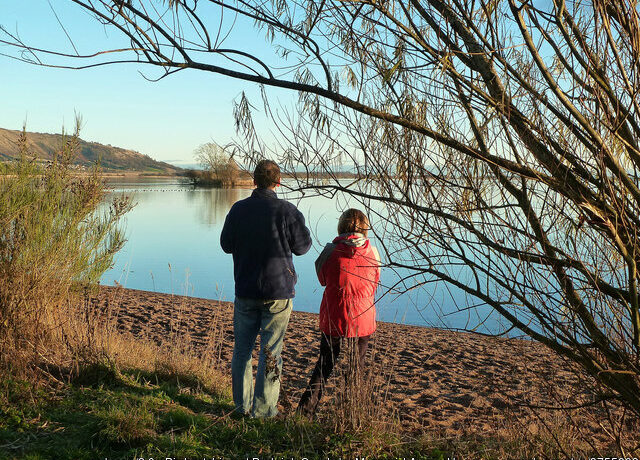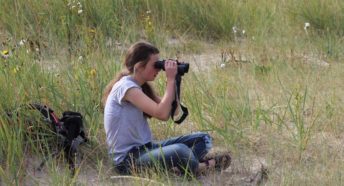Winter Wings: Birdwatching in Lancashire
A Tour of Lancashire’s Avian Spectacle
Nestled in the heart of the United Kingdom, Lancashire transforms into a haven for birdwatchers during the winter months. Despite the chilly temperatures, this region offers a unique and diverse array of bird species, making it an ideal destination for those eager to observe and appreciate avian wonders against the backdrop of a winter landscape. Lancashire boasts a rich tapestry of landscapes that attract a wide variety of birds. From the expansive coastline along the Irish Sea to the picturesque countryside and the expansive moors, the diverse habitats provide a haven for both resident and migratory bird species.
Coastal Marvels
The Lancashire coastline, stretching from Southport to Morecambe, comes alive with bird activity during the winter. Flocks of waders and waterfowl, including oystercatchers, dunlins, and redshanks, congregate along the shores, creating mesmerizing displays against the backdrop of crashing waves. The salt marshes, estuaries, and mudflats become vital feeding grounds for these birds during the colder months.
Wetlands
Inland, Lancashire is dotted with reservoir and wetlands that serve as crucial habitats for a variety of water-loving species. Brockholes Nature Reserve, Martin Mere, and Leighton Moss are just a few of the prime locations where birdwatchers can observe wintering wildfowl such as teal, pintails, and whooper swans. The serene waters reflect the winter sun, creating a tranquil setting for birdwatchers to enjoy their observations.
Countryside Hideaways
The Lancashire countryside is home to a myriad of bird species that thrive in woodlands, hedgerows, and farmlands. Keep an eye out for winter thrushes, such as fieldfares and redwings, as they forage for berries in the hedgerows. Woodpeckers, nuthatches, and treecreepers add to the vibrant birdlife found in the wooded areas, making Lancashire a year-round birdwatching destination.
Majestic Raptors
For those fascinated by birds of prey, Lancashire does not disappoint. Winter is an excellent time to witness the aerial acrobatics of buzzards, kestrels, and peregrine falcons. The open countryside and hillsides provide ideal hunting grounds for these magnificent raptors, offering birdwatchers a chance to witness their hunting prowess.
Tips for Winter Birdwatching
- Dress for the Occasion: Winter temperatures can be chilly, so dress in layers to stay warm. A good pair of waterproof boots is essential, especially when exploring coastal areas or wetlands.
- Choose the Right Time: Birds are most active during the early morning and late afternoon. Plan your birdwatching excursions during these times to maximize your chances of spotting various species.
- Bring Binoculars and a Field Guide: A reliable pair of binoculars and a field guide specific to the birds of the region will enhance your birdwatching experience, allowing you to identify and appreciate the diversity of species.
- Visit Local Nature Reserves: Lancashire is home to several nature reserves that prioritize wildlife conservation. Visiting these areas ensures a rich birdwatching experience while supporting efforts to protect the local environment.
Birds to look out for:
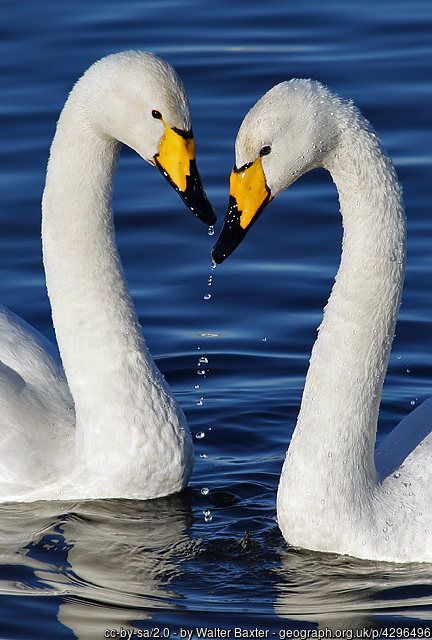
Whooper Swan (Cygnus cygnus)
-
- Identification: Recognizable by its large size and distinctive yellow and black bill.
- Habitat: Whooper Swans can often be found in wetlands, reservoirs, and coastal areas.
- Behavior: They are known for their trumpeting calls and elegant neck arches. Look for them in flocks, often mixed with other swan species.
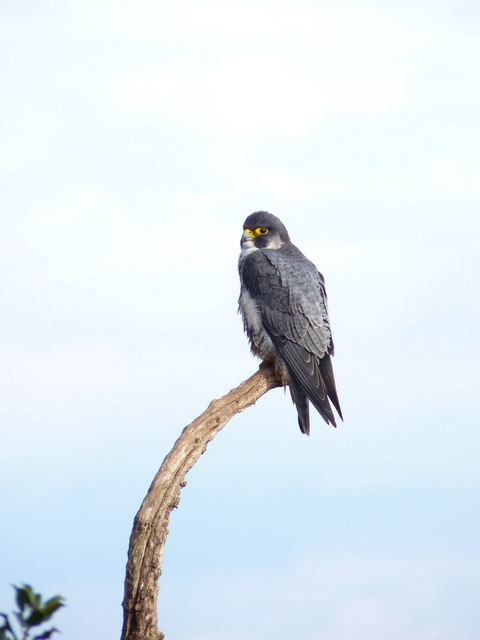
Peregrine Falcon (Falco peregrinus)
-
- Identification: Sleek, powerful falcon with a distinctive black crown and a blue-gray back.
- Habitat: Peregrine Falcons can be spotted in both urban and rural environments, often nesting on cliffs and buildings.
- Behavior: Known for their incredible speed and agility, Peregrine Falcons are frequently seen hunting other birds in mid-air. Watch for them perched high, surveying their surroundings.
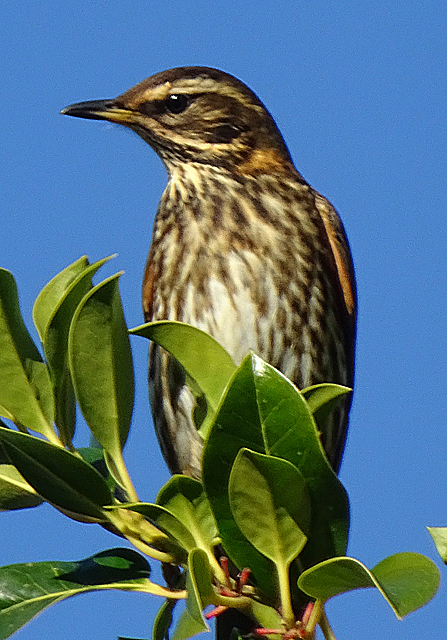
Redwing (Turdus iliacus)
-
- Identification: Smaller than a song thrush, with a distinctive creamy strip above the eye and a red patch under the wing.
- Habitat: Found in woodlands, hedgerows, and open fields during the winter months.
- Behavior: Redwings are often seen in flocks, feeding on berries and insects. Listen for their high-pitched, flute-like calls.
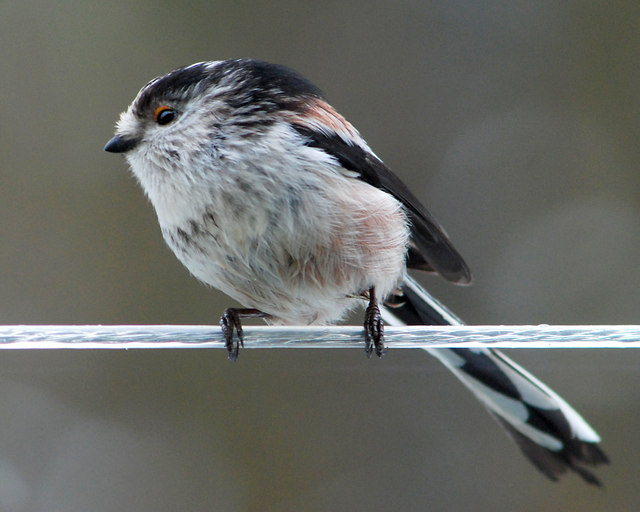
Long-tailed Tit (Aegithalos caudatus)
-
- Identification: Recognizable by its distinctive pinkish-brown plumage, black and white head, and a very long tail.
- Habitat: Woodlands, parks, and gardens are common habitats for Long-tailed Tits.
- Behavior: These sociable birds move in family groups, constantly chattering and flitting between trees. Look for their acrobatic displays as they search for insects.
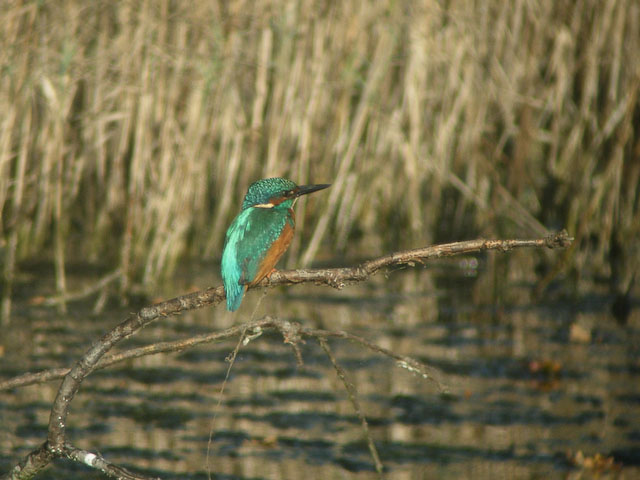
Kingfisher (Alcedo atthis)
-
- Identification: Vibrant blue and orange plumage with a dagger-like bill.
- Habitat: Found near slow-moving rivers, ponds, and lakes.
- Behavior: Kingfishers are known for their rapid, low flight over water. Patient observation may reward you with a glimpse of their spectacular diving behavior as they hunt for fish.
Winter birdwatching in Lancashire offers enthusiasts a unique opportunity to witness the beauty and resilience of avian life in colder climates. Whether along the coastline, in wetlands, or nestled in the countryside, Lancashire’s diverse habitats provide a captivating backdrop for birdwatchers seeking a winter adventure in the world of feathered wonders. So, grab your binoculars, bundle up, and embark on a journey to discover the hidden gems of Lancashire’s winter avian spectacle.
